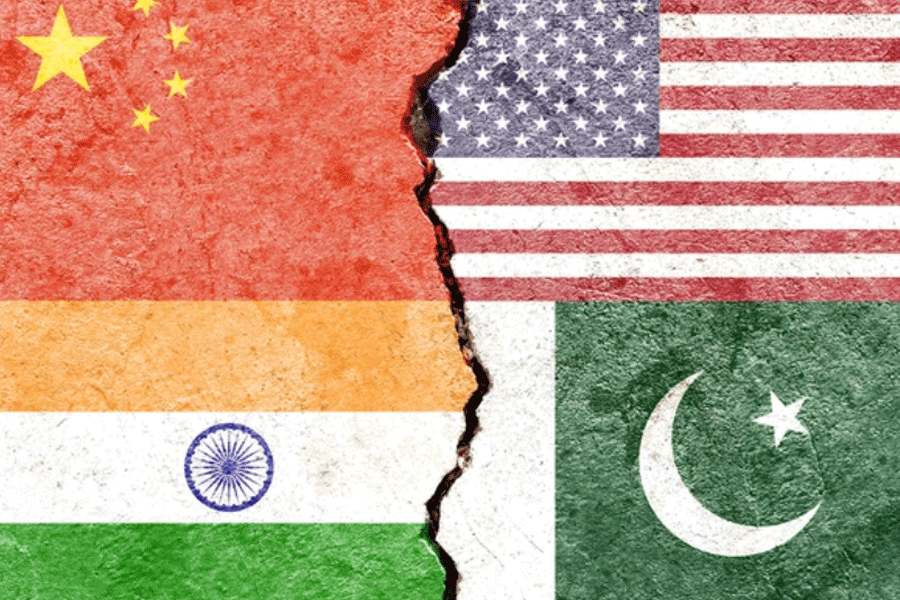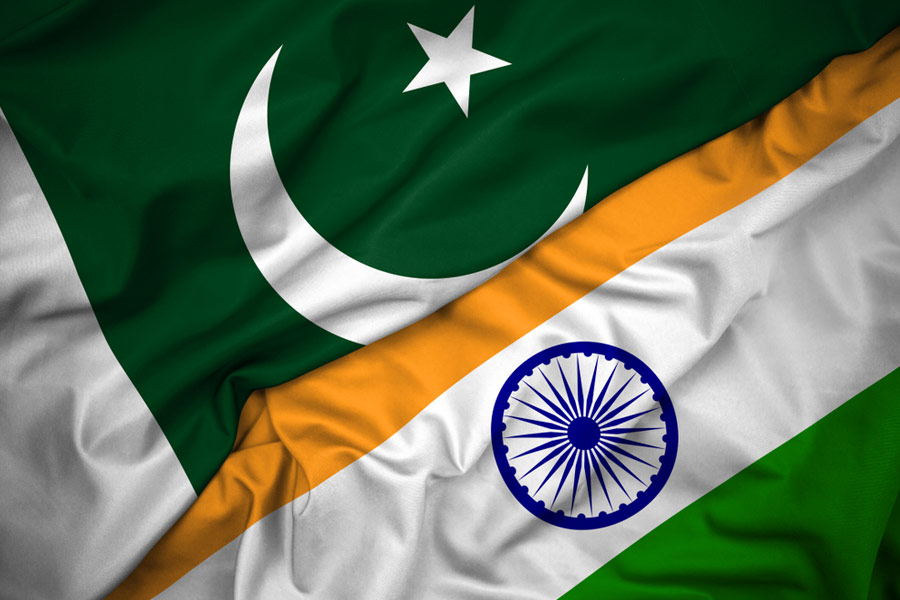 |
 |
| An inundated Kosi in 2008 and (right) the western embankment of Kosi at Gandaul village in Mahishi block on Sunday morning |
Targeted blasts today to remove debris accumulated on the Sunkosi riverbed following a massive landslide in its upstream in Nepal’s Sindhupalchok district and controlled discharge of water in the river’s downstream has come as relief for Bihar’s flood control and disaster management authorities.
The landslide on the Sunkosi at Sindhupalchok, nearly 260km from Birpur barrage on the Bihar-Nepal border yesterday, led to accumulation of excessive water in the upstream. The spillover resulted in an artificial lake at the landslide site. It fuelled fears that blasting the debris would make the waters surge down Bihar’s eight districts in the next 14 hours.
The principal secretary, water resources department, Deepak Kumar Singh said: “Pinpointed blasts by the Nepali authorities has ensured controlled discharge of water. The actual discharge at Birpur barrage (in Bihar’s Supaul district on the Indo-Nepal border) — the first to face the surge — was 1,20,000 cusec, against its capacity to discharge 9.5 lakh cusec of water.
Given Kosi’s vulnerable nature — rightly known as Bihar’s “shok (sorrow)” — and heavy rains in the high altitude Himalayas, which feed the Sunkosi in Nepal and Kosi in Bihar, the threat of floods inundating Bihar’s districts bordering Nepal is always there.
But the situation is in no way similar to or even close to the unprecedented 2008 deluge that cost 540 lives and displaced millions in six districts — Supaul, Saharsa, Madhepura, Araria, Katihar and Purnea.
The very nature of the 2008 devastation in the state’s Kosi region was different. The river breached its embankment at Kusaha in Nepal, barely 7km from the Birpur barrage and other areas on the India-Nepal border. But more than the breach, what actually caused the massive devastation in Bihar was a 15-m chasm that Nepal’s policemen and people cut on the Kusaha-Laukahi-Inaruwa-Biratnagar highway in Nepal. Residents of at least three panchayats around Kusaha and Laukahi in Nepal’s Terai region had cut the chasm to save themselves. As the pregnant river waters hit it continuously, the chasm widened to 20m.
The water crossing the breach at Kusaha began gushing through the ever-widening chasm on the highway, charting a new course and marooning largely fresh settlements in Supaul, Saharsa, Madhepura, Araria, Katihar and Purnea districts. Unable to cope with the sudden surge, at least two million people were rendered homeless. “They were not suspecting floods to hit them. The river changed course, taking them unawares,” flood expert Dinesh Mishra said.
The Birpur barrage, capable of controlling 9.5 lakh cusec of water, had turned virtually ineffective as the Kosi was not flowing in the course on which the barrage was built. This time around, despite the landslide at Sindhupalchok and blasts triggered to remove the debris blocking its path, the river is very much flowing in its mainstream, enabling the Birpur barrage to control it.
Sensing the enormity of the situation, then Prime Minister Manmohan Singh had air-dashed to Purnea and declared the deluge a “national calamity”. Also, he instantly released Rs 1000 crore for relief and rehabilitation measures in the devastated region.
World Bank, other Indian states, national and international agencies chipped in, providing relief to nearly 950 relief camps that came up in Purnea, Madhepura, Katihar, Araria and Supaul districts. Then chief minister Nitish Kumar camped in the regions for days and months, personally monitoring relief work. The devastated areas are yet to be fully rebuilt and rehabilitated, say experts and officials.
Chief minister Jitan Ram Manjhi on Sunday carried out an aerial survey of the affected region and said: “The situation is under control but there is a possibility of it going out of control.”
Flood expert Dinesh Mishra said: “The Kosi is like a serpent tied around Bihar’s neck. It will surely hiss, even if it does not bite.” He means even if it spares large-scale devastation, the Kosi can always trigger floods, particularly after heavy rains in Nepal.
“The only solution to the perennial problem is to build high dams on the India-Nepal. border. That involves bilateral focus of both India and Nepal. I wrote numerous letters to the Government of India to find a permanent solution to this menace by engaging Nepal,” former chief minister Nitish Kumar said.
Prime Minister Narendra Modi is currently in Nepal. It lies to be seen if the issue — so crucial to Bihar — figures in his talks there.










